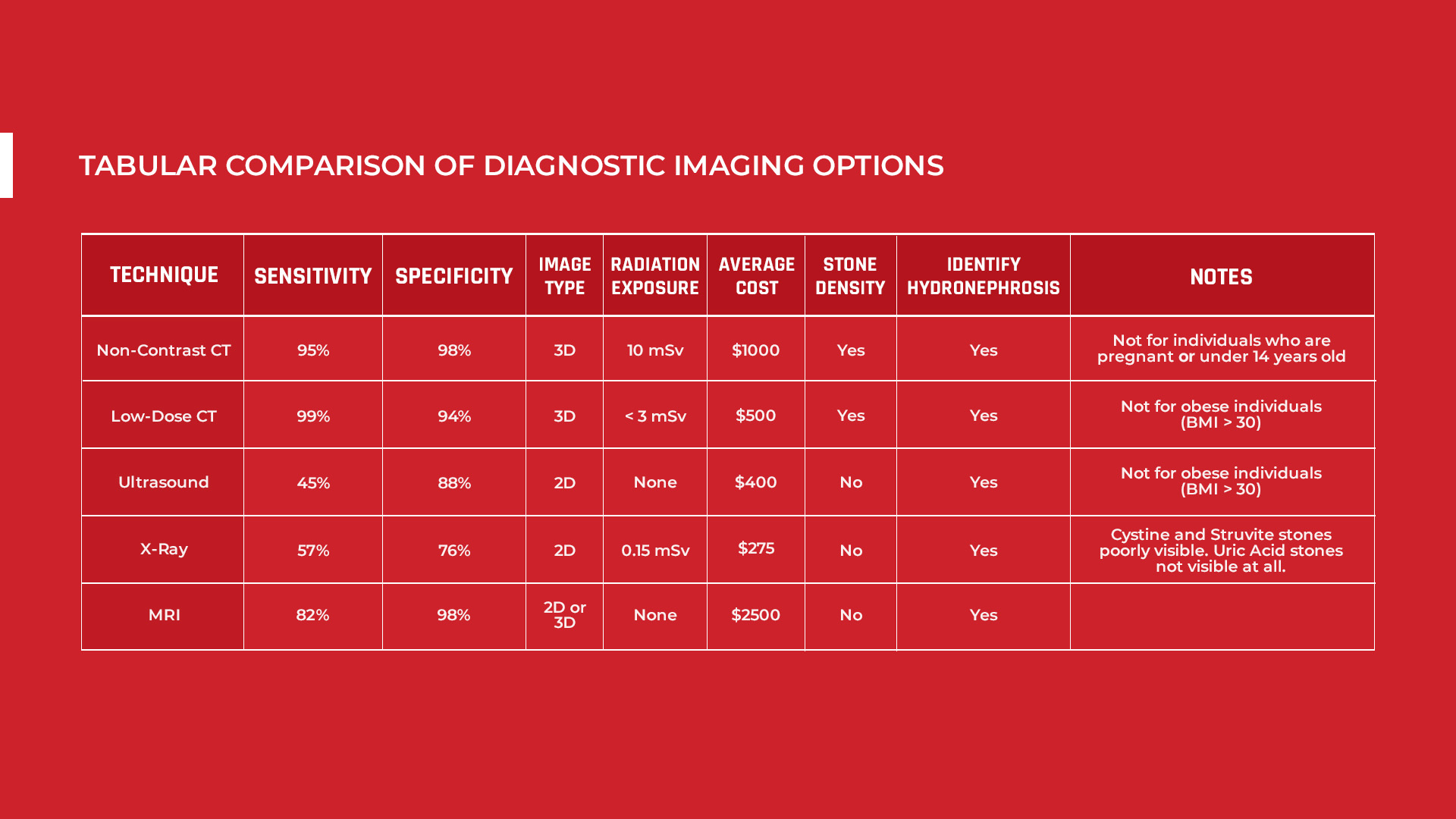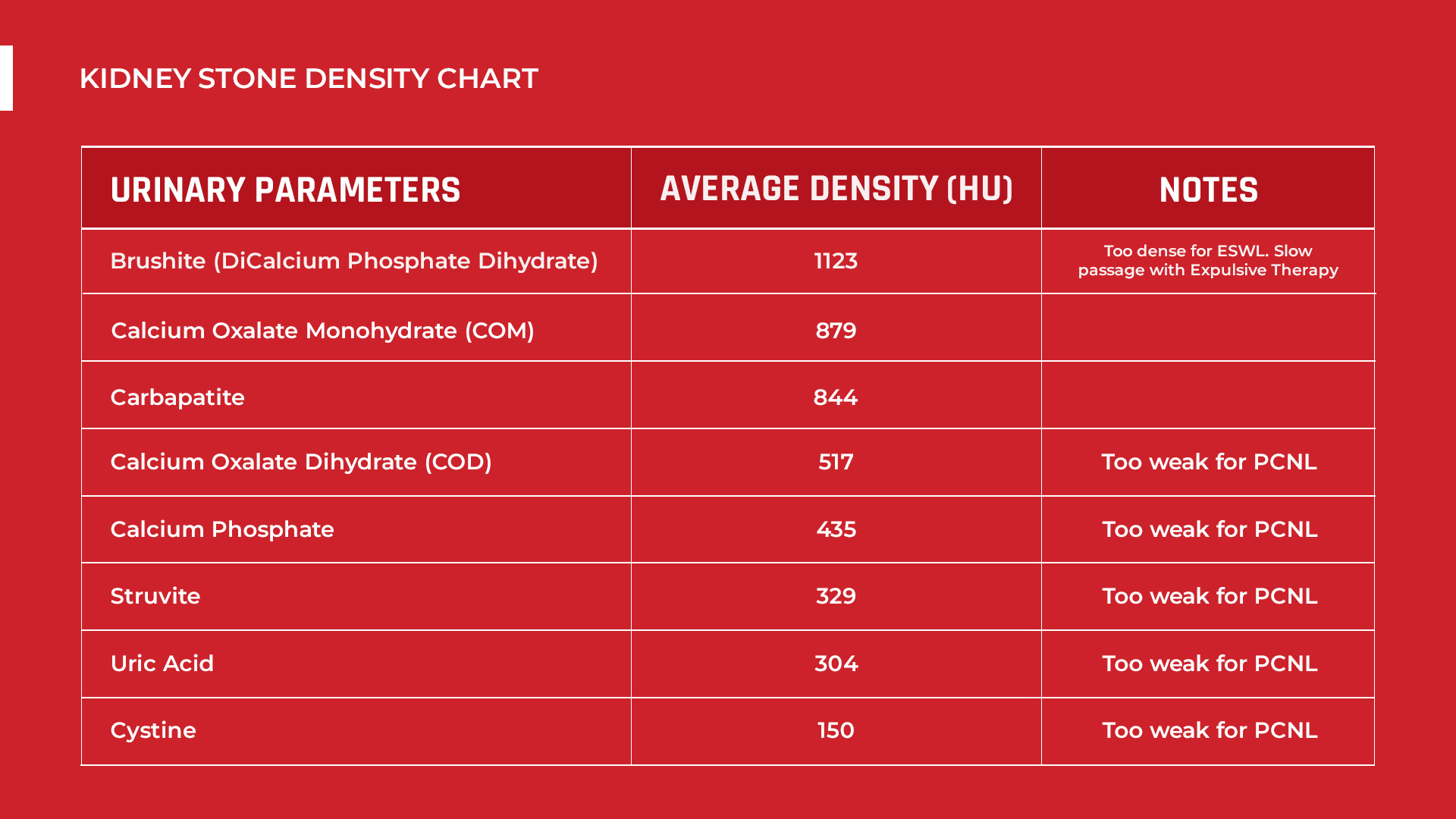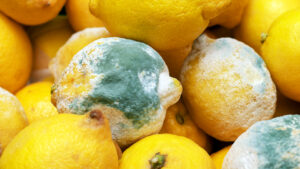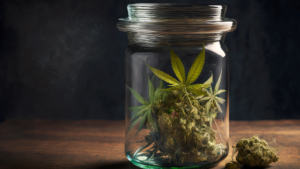Published: January 21, 2024 | 8 mins read
Stone Still In the Kidney? Here’s What To Do Next
We get this question all the time- “Can I be forming kidney stones without pain?”
The answer is, yes! When a kidney stone is just starting to develop, you won’t feel much.
Pain related to kidney stones comes from two distinct areas. The first and most common is due to the stone causing an obstruction leading to urine backing up into your kidney (also known as hydronephrosis). The second instance of pain occurs when your ureteral wall collapses onto the stone and causes sharp pain (typically when you’re dehydrated).
When stones are still growing, they are typically too small to cause obstructions. And, when they’re growing, they’re not in the ureter quite yet.
However, that’s not to say that you might not experience short episodes of dull aches along your mid to lower back in the kidney region. These dull aches are typically the first signs of a kidney stone that are oftentimes go unnoticed by first-time stone-formers.
Aside from pain, you may also experience other symptoms, which we discuss in more detail in our Kidney Stone Symptoms blog.
If you think that you may have a kidney stone, the first step is to request imaging from your doctor to either confirm or refute your suspicion.
WHAT DIAGNOSTIC IMAGING SHOULD I CHOOSE?
When it comes to imaging for kidney stones, there are four options:
- Computed Tomography (CT – aka “Cat Scan”)
- X-ray
- Ultrasound
- MRI
Here’s a detailed comparison:

Depending on where you’re located in the world, every urological center or doctor will have their own opinion on what’s best. However, the current gold standard is a CT Scan.
CT scans work by picturing the inside of our bodies as the tissues absorb radiation. A computer then turns this information into 3D images. Kidney stones absorb more radiation than our body’s tissues. Thus, they stand out and appear differently from the surrounding tissues in the urinary tract. For this reason, contrast dye (used to contrast other body parts) isn’t usually needed. CT scans are excellent at spotting kidney stones of all types.
While CT scans are very powerful at identifying kidney stones, they also come with downsides.
First, CT scans may still miss tiny stones under 3mm. This is because small stones can slip between layers of tissues making them too difficult to detect. This gets even worse when you’re obese (BMI > 30)
Second, CT scans expose you to harmful ionizing radiation. A traditional non-contrast CT scan will expose you to ~10 mSv, while a low-dose CT scan will expose you to < 3 mSv. An ultra-low-dose CT scan (<1 mSv) is possible, but it might not spot all kidney stones. Plus, it will only be effective if you are not obese.
Third, CT scans are pretty expensive. The average cost for a non-contrast CT scan in the United States is around $1,000.
Nevertheless, in our opinion, investing in a CT scan would be worth it for first-time kidney stone-formers. Not only can it show stone size and location, but CT can give you stone density information. Stone density information will help you identify the broad stone type you are forming which leads to better treatment outcomes. We will discuss this further in the next section.
Unless you’re undergoing multiple surgeries where density information is needed by the Urologist, you should only need to undergo a CT once throughout your lifetime. This is because your stone type rarely changes unless you’ve undergone significant dietary changes (which doesn’t happen for most people). Once you know your stone type, you can use an Ultrasound in future check-ups for recurrent kidney stones. This eliminates further radiation exposure and still provides valuable information such as stone size, stone location, and hydronephrosis status (degree of urine back-up).
If you want to dig deeper into the four imaging options for kidney stones, read our Kidney Stone Imaging blog. In that blog, we provide a detailed explanation of each imaging technique to help in your decision-making.
WHAT IS STONE DENSITY, AND WHY IS IT IMPORTANT?
Again, unlike other imaging techniques, only CT scans can give you stone density information in Hounsfield Units (HU). Hounsfield Units measure the opacity of kidney stones. As different stone types have specific densities, you can easily know what stone type you have using this measurement scale.
Here’s the density information of different stone types:

Knowing your kidney stone type is essential to selecting the most appropriate treatment option. Additionally, If you know your stone type, you can make changes to your diet and lifestyle to stop your current stone from growing and to prevent future stones. You can learn more about stone density on our Kidney Stone Density blog.
MANAGING KIDNEY STONES IN THE EARLY STAGES
Suppose you form less dense kidney stones, like calcium oxalate dihydrate, uric acid, and one of the cystine stones types. These stones tend to be weak and can break apart while passing.
To help accelerate the weakening and increase the speed of passage for these stone types, you can use a product like our CLEANSE. Our product will also assist with managing any pain and discomfort you may experience during the process better than any over the counter or prescription medication – all without side effects.
However, if you happen to form more dense kidney stones like calcium oxalate monohydrate or calcium phosphate, these types will not break apart during passage. However, they are absolutely passable.
As simple as it sounds, proper hydration is the key here. While the stone is still small (around 3mm in diameter), increase your water intake to more than 96oz. daily. This is to ensure you produce enough urine to flush the stone-forming elements out of your system before they attach to the stone and make it larger.
The key with proper hydration is even and consistent consumption. NO CHUGGING! When you chug water, you force your kidneys to process larger volumes of waste which creates more urine. More urine forces the kidney stone up and into the ureter leading to pain. There are times when chugging water can be used strategically. But, in most instances when the stone is still in the kidney, it is best avoided.
Small kidney stones (<3mm diameter) will pass on their own without any herbal or pharmaceutical assistance if you are properly hydrated. But, if the stone is already large (3-9mm in diameter), it will take longer to pass. But, it will still pass!
Products like our CLEANSE can increase the speed of passage and minimize pain/discomfort through this process.
Lastly, dietary modification is essential. The goal is to stop eating foods that increase stone-forming elements in your urine. This will prevent your current stone from growing larger and stop any future formations.
THE RIGHT DIET TO PREVENT KIDNEY STONES
Western medicine is currently on a push for eating a more plant-based diet to prevent kidney stones. However, that advice is actually increasing your risk for kidney stones.
Diets including vegetables, beans, and whole grains are usually rich in oxalates. Oxalate is a natural chemical that plants use to poison whatever specie is eating them. It is the culprit for around 80% of kidney stone cases worldwide.
So, if you are a vegetarian and you suffer from kidney stones, it’s time to make a change. Our advice is to switch to an animal-based or carnivore diet to stop kidney stones completely. Animal products, like meat and dairy, don’t have oxalates and do not create urinary environments that encourage stone formation.
It’s important to note here that we do not endorse “low oxalate” diets. This approach encourages the consumption of toxic food sources, just in lower quantities. This is a recipe for failure! Especially since oxalate is cumulative and you cannot control it’s release within your body. Oxalate can sit in tissues and glands for months and months causing all sort of issues.
Additionally, consuming foods that are acceptable on a low oxalate diet can lead to urinary environments that can encourage stone formation. This style of eating can also lead to metabolic dysfunction that contributes to uric acid stones in certain individuals.
One point of confusion is that going carnivore will starve you of the micronutrients you need. This couldn’t be further from the truth. In fact, organs and ruminant meats are packed with protein, calcium, vitamin A, vitamin D, B vitamins, potassium, magnesium, iron, and many more vitamins and minerals. Meat is the ultimate OG superfood that contains everything you need to thrive as a human and prevent kidney stones.
If you’d like to explore what this would look like for you personally, schedule a coaching call with Joey today to get started.




Uric acid stones: Wouldn’t a meat based diet encourage uric acid stone formation? My urine is acidic. That is why I form them. Wouldn’t meat cause more acid?
Hi Noreen, this is a common misunderstanding. It’s NOT meat that drives uric acid levels. It’s generally processed foods high in fructose. And, if your urine is acidic, you most likely have some degree of metabolic dysfunction that is driving your urine to be acidic. An animal-based diet would solve both of these!
Would you have any interest in joining Joey on a call to discuss?
Great read!
Recommended